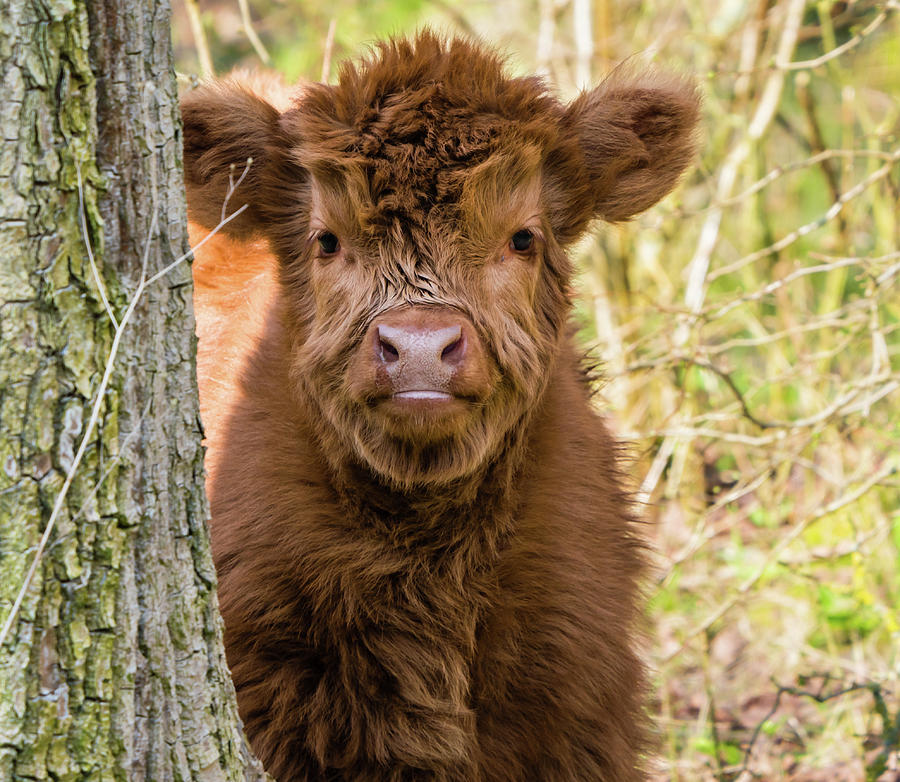

The best substitute for the mother’s first milk is colostrum from another cow, preferably from the same herd. Sick animals or those in poor health due to nutritional deficiencies may have little or poor quality colostrum. Heifers do not have as high a quality of colostrum as mature cows, nor do they tend to give as much. The best colostrum usually will be from the mother herself, but there will be times when she does not have adequate amounts, or is not available to give colostrum. Thus, the importance of providing the newborn calf with early and high quality colostrum. After a number of hours, the ability of the gut to permit the passage of relatively large immunoglobulins intact shuts down, and colostrum antibodies are no longer absorbed. The sooner colostrum is given, the more antibodies that will be absorbed through the gut of the calf into the bloodstream. Due to the increased concentration of the beef cow’s colostrum a 75 pound calf should ingest 2-3 quarts of colostrum within 4-12 hours of birth. A general rule of thumb is that the calf should consume 10% of its body weight in colostrum in the first twelve hours after birth.
#HIGHLAND CALF HOW TO#
Ask a knowledgeable stockman or veterinarian to demonstrate if you don’t know how to use one.)Īllow the calf and cow to bond by penning with the dam in a warm and sheltered environment.Ĭolostrum in the beef cow tends to be more concentrated than in the dairy cow. (Every cattle breeder should have and know how to use an esophageal feeder. Help the calf to nurse either on the cow, or feed it by bottle or esophageal feeder. Bloody milk is not a problem to feed to the calf, however watery milk with clumps of debris in it, or curdled, clotted yellow milk that resembles thick pus should not be fed. Some first milk will appear to be bloody from bruising of the udder as the cow walks with a distended bag the last few days before calving. The cow should be checked for the presence of colostrum, blind quarters and mastitis. The calf should be dried, either by the cow, or with human help. Next, dip and hold the umbilical cord in a cup of 7% (strong) iodine. Another method to stimulate respiration is to vigorously tickle the inside of the nose with straw, or apply pressure to the chest wall just above where the heartbeat is felt the strongest, which may stimulate the phrenic nerve. Throw cold water on the calf’s head to stimulate respiration if it is not breathing. There usually is no need to panic if excessive fluid seems to come out most of it is probably coming from the calf’s stomach. Wipe the mucous from around the nose, and suspend the calf from its hind legs to allow drainage of fluid from its airways. If dystocia was the initiating problem, and the cow required assistance, the first priority is to get the calf breathing if it is not. Combine a chilled, exhausted, muddy calf with an immature, exhausted heifer who has never witnessed calving and doesn’t have the slightest idea what to do, and you have disaster in the making. Muddy, slippery conditions with a calf unable to get to its feet, continuing to coat itself with mud, will exhaust even the most experienced mothers that managed to deliver quickly and easily. Newborn calves are born with no acquired immunity to these diseases, and require that colostrum to provide their only protection against these organisms until the calves are capable of producing their own antibodies.Ĭalves need dry footing when they are first born. Mature animals are immune to all these diseases through natural exposure and vaccinations and as a result most people don’t even know these diseases exist on their property. Calves basically have limited time to consume that vital first milk so loaded with antibodies they need to fight off all the diseases running rampant on the farm of birth. Wet, cold highland calves are sitting ducks for difficulty in nursing and failure to consume adequate levels of colostrum. Cold and wet conditions are further stressors, despite this breeds reputation for hardiness.

Any calf that has been traumatized by dystocia, even when the cow ended up delivering without human help, should be assisted to ensure adequate colostrum intake.Ĭalves that have undergone the rigors of a hard, long delivery are weak and stressed, often far more than they appear. There are Highland calves, unfortunately, that will do no such thing. Likewise, it is probable that the majority will also get to their feet, nurse and receive adequate amounts of colostrum without assistance other than from their mother. The vast majority of Highland calves will be delivered by their dams with no problems whatsoever.


 0 kommentar(er)
0 kommentar(er)
